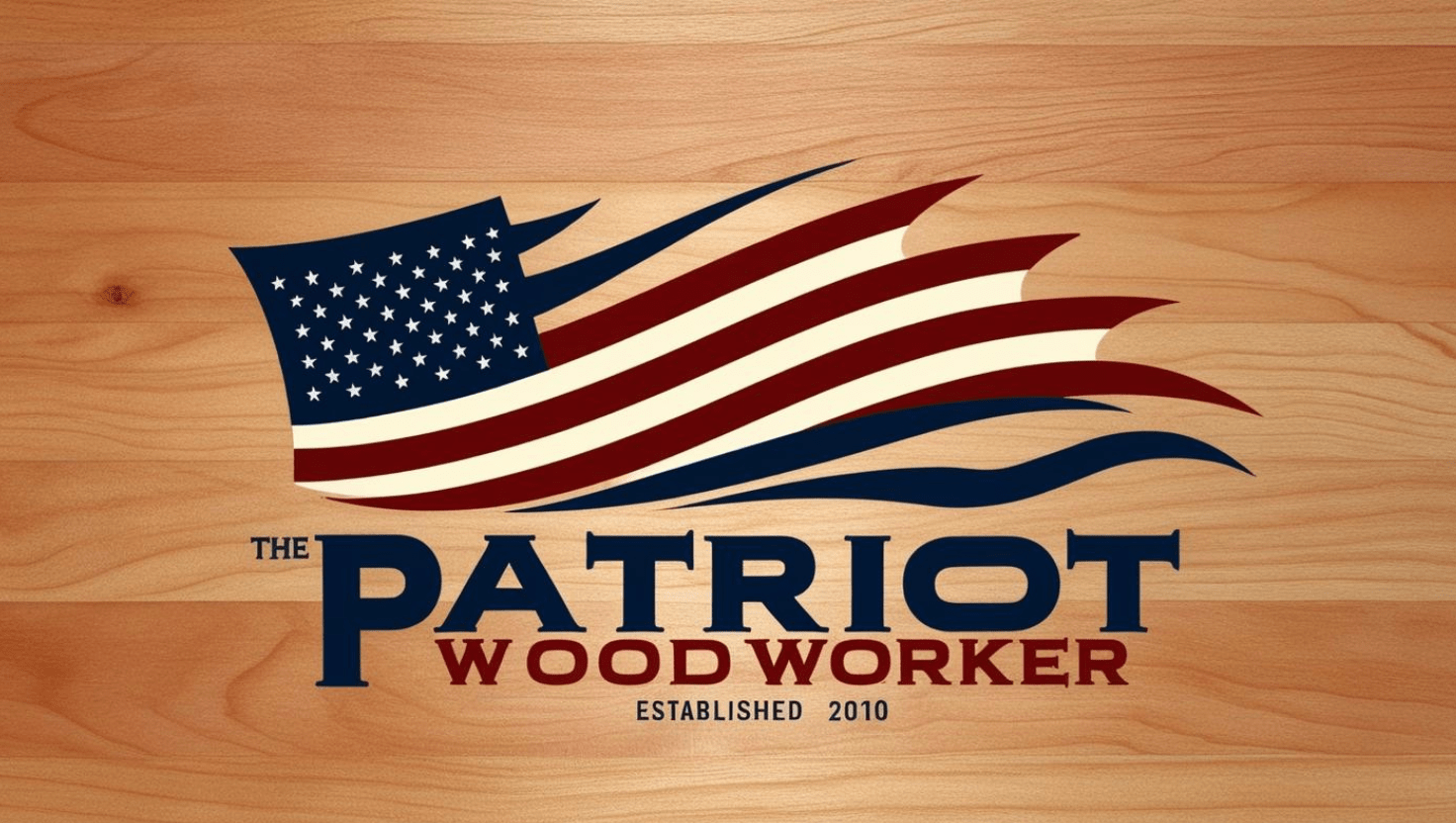Search the Community
Showing results for tags 'granite plate'.
-
I have started a project to build a small display table for a pitcher and basin set I picked up from a local thrift store. This is my first time building a table of any size, so as they say, "you learn from your mistakes". I anticipate I will learn a lot from this project. I don't know if I have posted on my trip to Tulsa, so if this is a repeat, please bear with me. Last Saturday, I made a trip down to the Tulsa Woodcraft to purchase a 2"x6"x18" granite plate to aid in sharpening, checking flatness, etc. I think I did post this in the hand tool forum, but it is relevant to this project. I got the plate, and I was hoping to get 4 pieces of padauk 3/4"x3"x24" for the aprons around the table top, but they didn't have those sizes in stock, so I wound up with a piece of 8/4 padauk, 107"x5 1/2". So I have some re-sawing and other milling to do, but I will still have some padauk left over for another project. My plans include walnut for the legs, and a simulated ebony inlay about 1 inch in from the edges. I say simulated, because I am going to miter some trim pieces around the top, with a 1/8" piece of ebony sandwiched between the trim pieces and the top. In the picture of the glue-up set-up, you can see the granite plate, which I am using to get a flush edge on the ebony and padauk pieces along one edge, and I can trim the other edge flush after the glue dries. I am using Titebond hide glue to extend my open time due to the complexity of the set-up. Also using waxed paper to prevent gluing the pieces to the granite. The basin has a circular recess in the bottom, so I am going to cut a round "registration" piece to glue to the table top to fit in to the bottom of the basin, hopefully preventing the basin from sliding off. .
- 21 replies
-
- hide glue
- granite plate
-
(and 2 more)
Tagged with:
-
Ok, so I went down to Tulsa to the Woodcraft store on Saturday, and purchased their 2" x 6" x 18" granite plate to use primarily for sharpening chisels, plane irons, and my spokeshave blade. I followed their instructions on their web site, soaking the paper in water, hoping the capillary action would stick it down to the surface of the plate. That didn't exactly work. Some of it stuck down, but the ends were curling up. I pulled up a you tube video where the man was using a diamond plate and wrapped it with his wet or dry sandpaper to hold everything down. His reason for doing it that way was that yes, the paper will curl, and when the edge of your blade or iron hits the curl, it will start blunting the cutting edge. That made sense, so on to my question. Am I doing the water thing wrong, or was that just an advertising ploy to get people to buy their granite plate. Do I need to use spray adhesive to adhere the paper to the plate? I will appreciate any advice.





